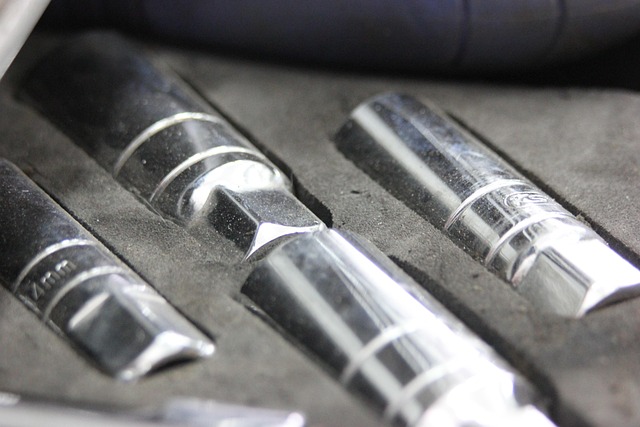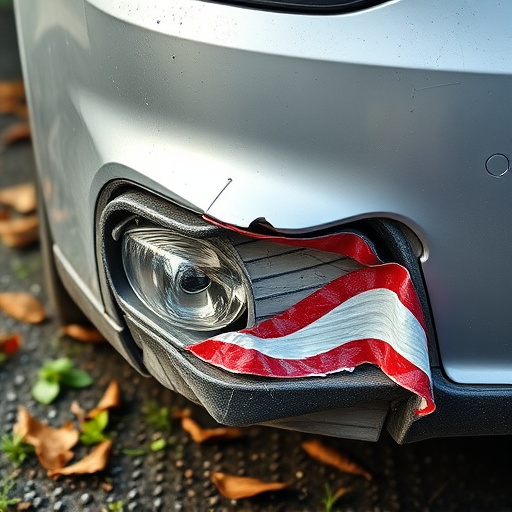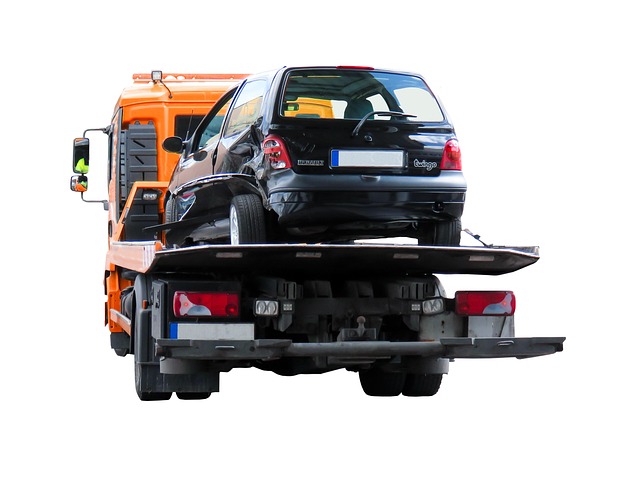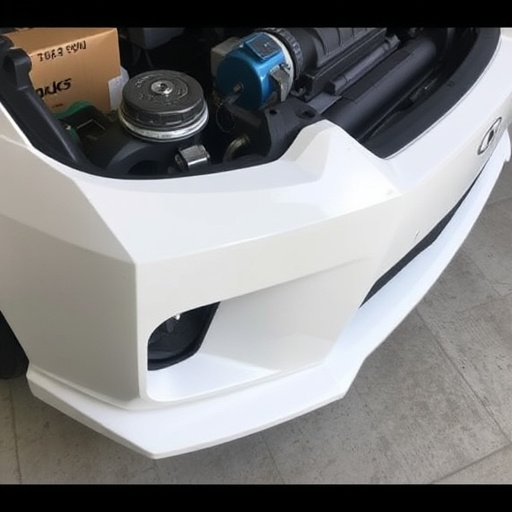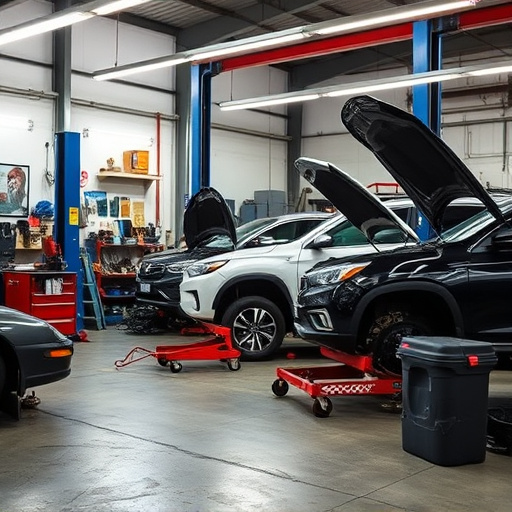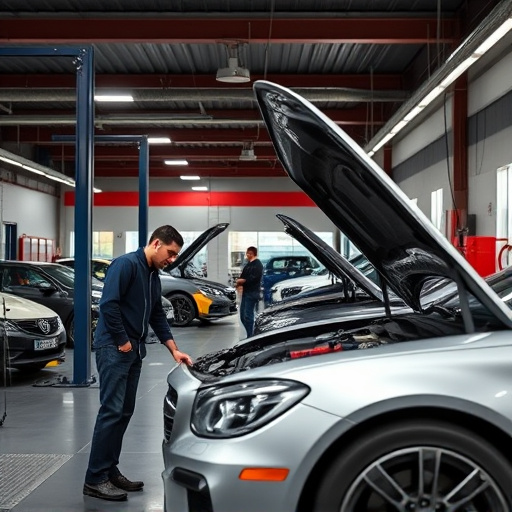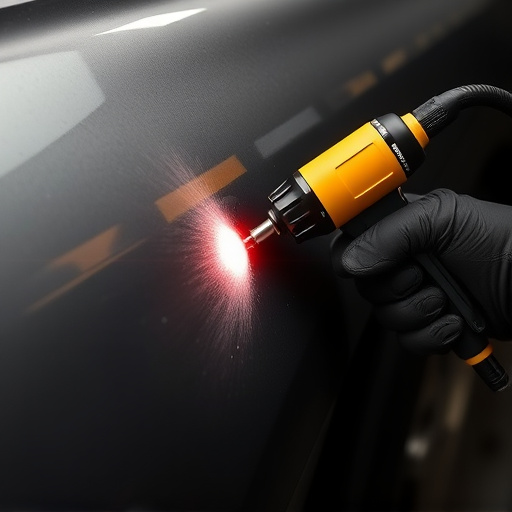Insurer referral networks provide auto body and fleet repair businesses with a steady stream of customers through direct client referrals from insurance providers. By building strong relationships, showcasing expertise, and offering competitive pricing, repair shops can unlock these networks. This partnership benefits both insured individuals, who gain access to reliable services, and repair businesses, which expand their client base. Understanding insurance recommended repairs ensures safe and cost-effective vehicle restoration, with insurers prioritizing structural integrity and safety over full body repairs for minor damages. Choosing the right repair facility that employs modern techniques, advanced technology, transparent pricing, accurate diagnostics, efficient turnaround times, and post-repair inspections maximizes the value of insurance claims.
Uncover the hidden gems within insurer referral networks and unlock a world of benefits for your business. This article reveals seven secrets to mastering insurance-recommended repairs, offering a comprehensive guide for professionals seeking growth. From understanding specific criteria to maximizing client advantages, we navigate the process seamlessly. By exploring strategies to enhance your services and increase customer retention, you’ll learn how to thrive in a competitive market. Discover the power of these insights and elevate your repair business to new heights.
- Unlocking Insurer Referral Networks
- Understanding Recommended Repair Criteria
- Maximizing Insurance Repair Benefits
Unlocking Insurer Referral Networks
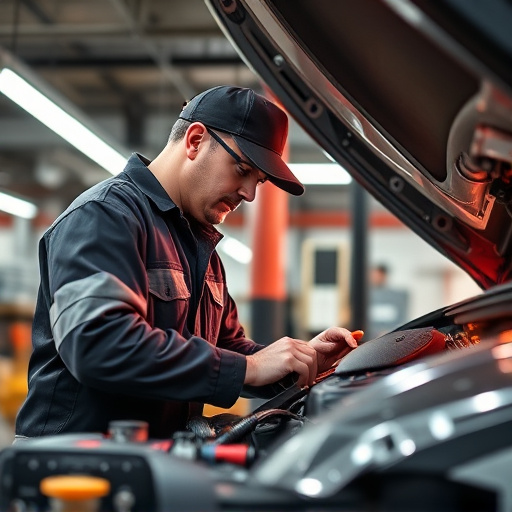
Insurer referral networks are a treasure trove for businesses specializing in recommended auto body repair and fleet repair services. By leveraging these networks, repair shops can gain access to a steady stream of customers who have been involved in accidents or require maintenance. Unlocking these networks involves establishing strong relationships with insurance providers, demonstrating expertise in car bodywork, and offering competitive pricing.
Once integrated, insurers often refer clients directly, ensuring a seamless experience for policyholders in need of auto body repair services. This strategic partnership not only benefits the repair shops by increasing their client base but also improves customer satisfaction as they receive quality care from trusted professionals. The result is a win-win situation where insured individuals gain access to reliable and efficient fleet repair services, while repair businesses thrive through these valuable insurance referrals.
Understanding Recommended Repair Criteria
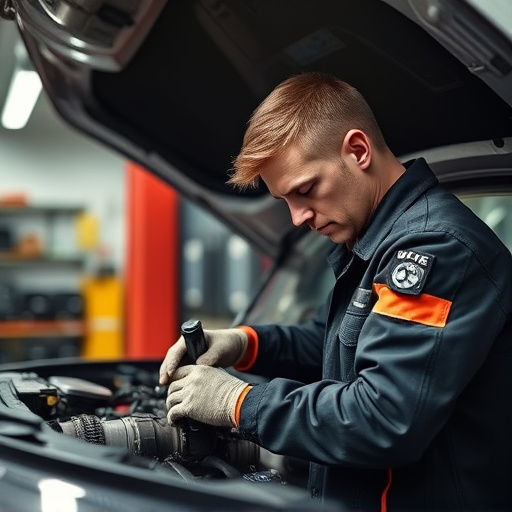
When it comes to insurance recommended repairs, understanding the criteria that insurers use is crucial for both policyholders and repair technicians. Insurers have specific guidelines for what constitutes a necessary repair after an accident, focusing on safety, structural integrity, and cosmetic considerations. These recommendations ensure that vehicles return to their pre-accident condition, enhancing road safety and protecting the interests of all parties involved.
For instance, in cases of minor fender benders or dents, insurers may suggest frame straightening techniques rather than full auto body repair. This is because frame straightening can address structural issues without the extensive labor and costs associated with complete auto body repairs. Such insights empower policyholders to make informed decisions and help technicians tailor their services to meet insurance recommendations, ensuring a smoother claims process and faster vehicle restoration in cases like fender benders.
Maximizing Insurance Repair Benefits

Maximizing Insurance Recommended Repairs involves understanding your policy benefits and choosing the right facility. Many insurers have specific guidelines for recommended repairs, often directing policyholders to collision centers or fleet repair services with proven expertise in vehicle collision repair. By adhering to these recommendations, you can ensure that your vehicle is repaired to high standards, using original equipment parts where applicable. This not only guarantees optimal performance but also helps maintain the vehicle’s resale value.
When selecting a repair facility, look for those specializing in modern repair techniques and equipped with advanced technology. A reputable collision center or fleet repair service will offer transparent pricing, accurate diagnostics, and efficient turnaround times. They should also provide post-repair inspections to ensure your vehicle meets safety standards and drives as good as new. Remember, maximizing insurance benefits means getting the best value for your claim, so choose a facility that prioritizes quality and customer satisfaction.
By unlocking the potential of insurer referral networks and understanding the criteria for recommended repairs, policyholders can maximize their insurance benefits. Leveraging these seven secrets ensures that when accidents occur, individuals receive quality, efficient, and cost-effective repair services. Remember, knowledge is power when it comes to navigating insurance claims and ensuring optimal outcomes for your vehicle’s restoration.
